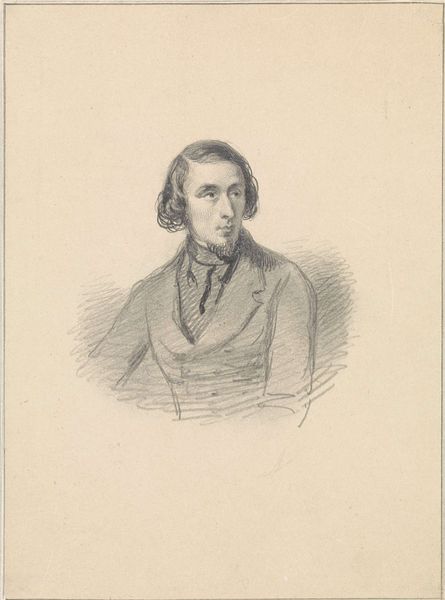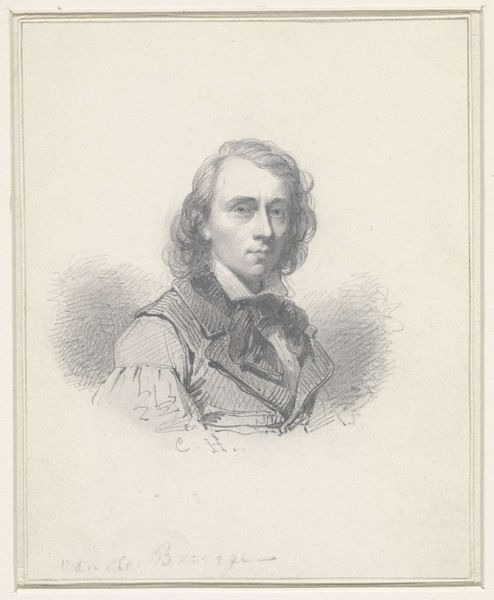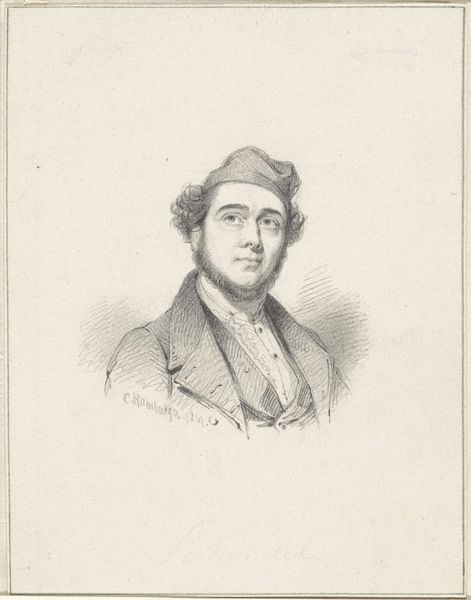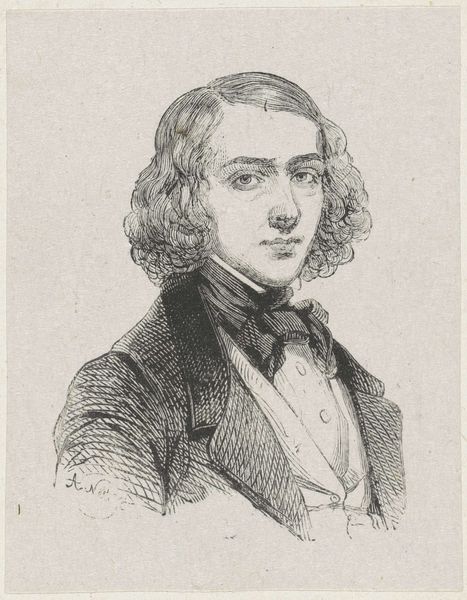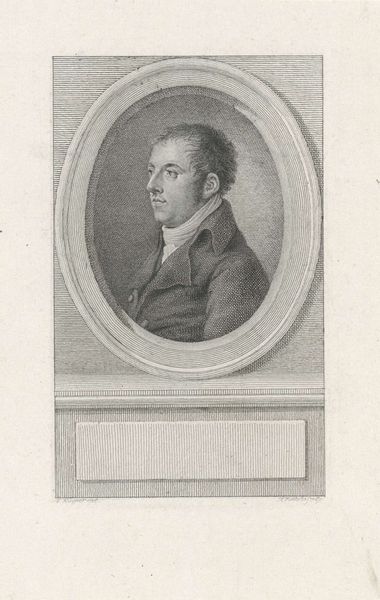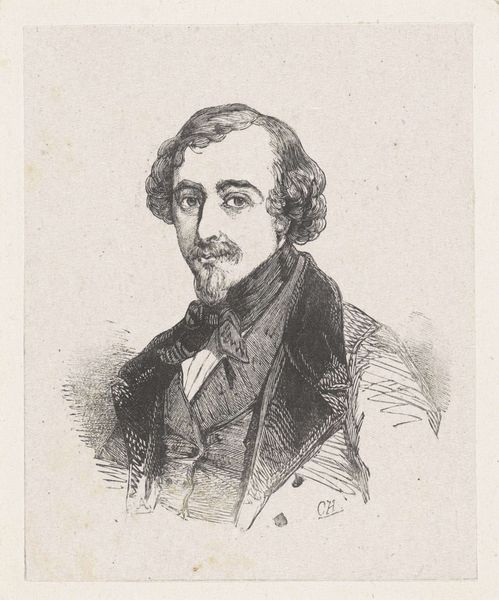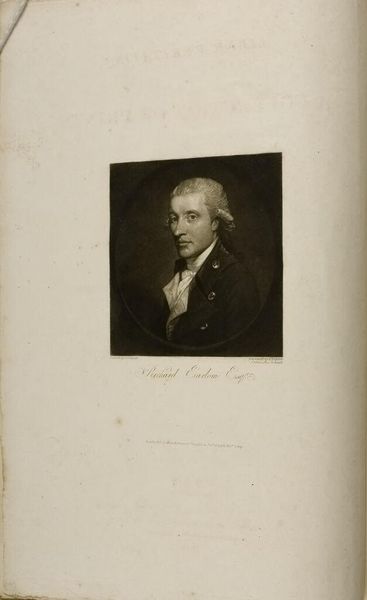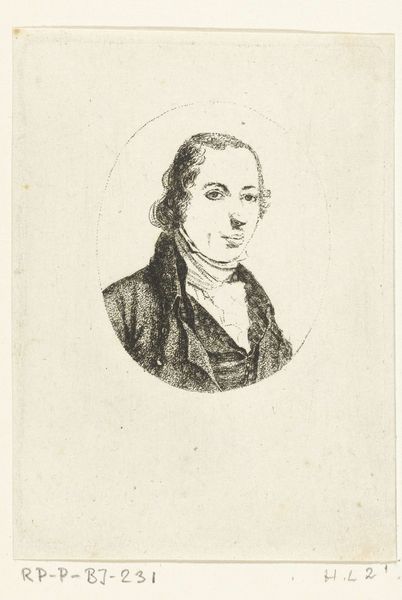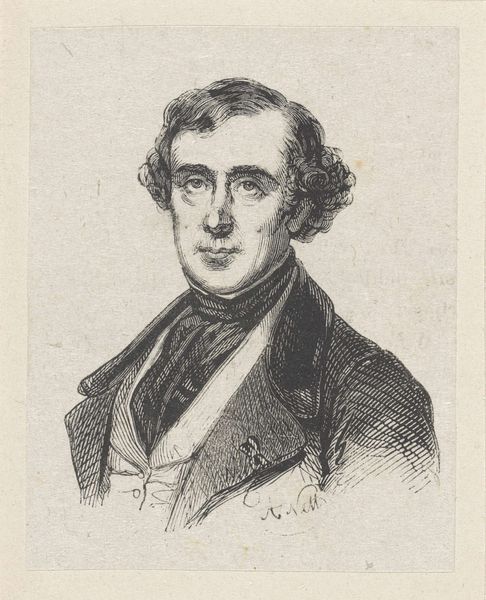
drawing, pen
#
portrait
#
pencil drawn
#
drawing
#
neoclacissism
#
pencil drawing
#
pen
#
portrait drawing
#
history-painting
Copyright: Public Domain: Artvee
John Trumbull made this engraving of Adjutant General Joseph Reed during the height of revolutionary fervor. Trumbull’s work provides us with insight into the self-fashioning of revolutionary figures. This image creates meaning through the visual codes of late 18th century portraiture. In the decades before photography, these kinds of images were crucial for establishing and disseminating an individual's public image. Made during the American Revolution, this image signifies status through the sitter’s clothing and bearing, yet also creates an image of revolutionary virtue. The question of how to represent leadership was being hotly debated at the time as artists, writers and politicians alike sought to move away from the aristocratic and monarchical models of the old world. Looking closely at the fashions and customs of the day, and reading the correspondence between figures like Trumbull and Reed, allows us to more fully understand the social and institutional forces at play in the creation of art. Art is always contingent on social and institutional contexts.
Comments
No comments
Be the first to comment and join the conversation on the ultimate creative platform.

